The act of creating an illustration is a collaborative process. Whether the artist is working with an author, art director, marketing director or editor, it is a relationship which must be nurtured and negotiated in order that both parties come away with a productive experience from the creative process. We have all heard horror stories about how difficult it can be to work for a corporation, a difficult editor, or an art director who just doesn’t see the value in what the artist is trying to accomplish. Yet, for every story an artist can recount about these horrors, I bet that every art director has two such stories regarding artists which by far dive deeper into the abyss.
Thus with that in mind, I attempt to appease and negotiate with my clients on a sensitive and empathetic level, absorbing all their requests and incorporating as much as I can of their concerns, while still attempting to push my thoughts and agenda on the art. Some days you get it more your way, and others you need to give back.
Over the past couple of months, I have undergone two such experiences where the tide of changes has gone against me. Yet to my wonder and pleasure, the art which was created turned out far better than what I had originally conceived of. Unfortunately one of these projects has yet to be released, thus I cannot share it with you, but pasted below is the other success!
Rex Regis is the cover illustration for a series of novels, the Imager Portfolio, I have been creating for Tor Books and authored by L.E. Modesitt, Jr. A thoroughly enjoyable series of renaissance wizardry in a setting of political intrigue. This is the fifth book in the series.
My original submission for the final art was the cover with a simplified background. I thought it was perfect, with the blank negative space allowing for a strong silhouette to the figure. But my client disagreed.
The request of the art director, Irene Gallo, was to add something more to the background to provide context and visual density to the piece. A library was suggested. Considering I love illustrating books, and a few maps were already on the table before the main figure, it was actually easy and fulfilling to add the various elements to the composition. Irene and I have a long and deep relationship spanning nearly 20 years, thus when she calls me on an issue, I perk up and listen. I listen not so much to appease my client, but because I trust her judgement and she would not be making critical comments unless it was warranted.
In this case, the art director called it 100% right and the piece was dramatically improved for the better by these changes.
It is fine to gripe and grumble about changes beneath your breath, but to be overly hardened to comments that could potential improve your work is to close the door on a way of thinking which may push your art forward in wonderful ways. Be a sponge, absorb new ideas, meld them into your work, cushion the harsh comments and make your work stronger and better for it.
Good Luck!
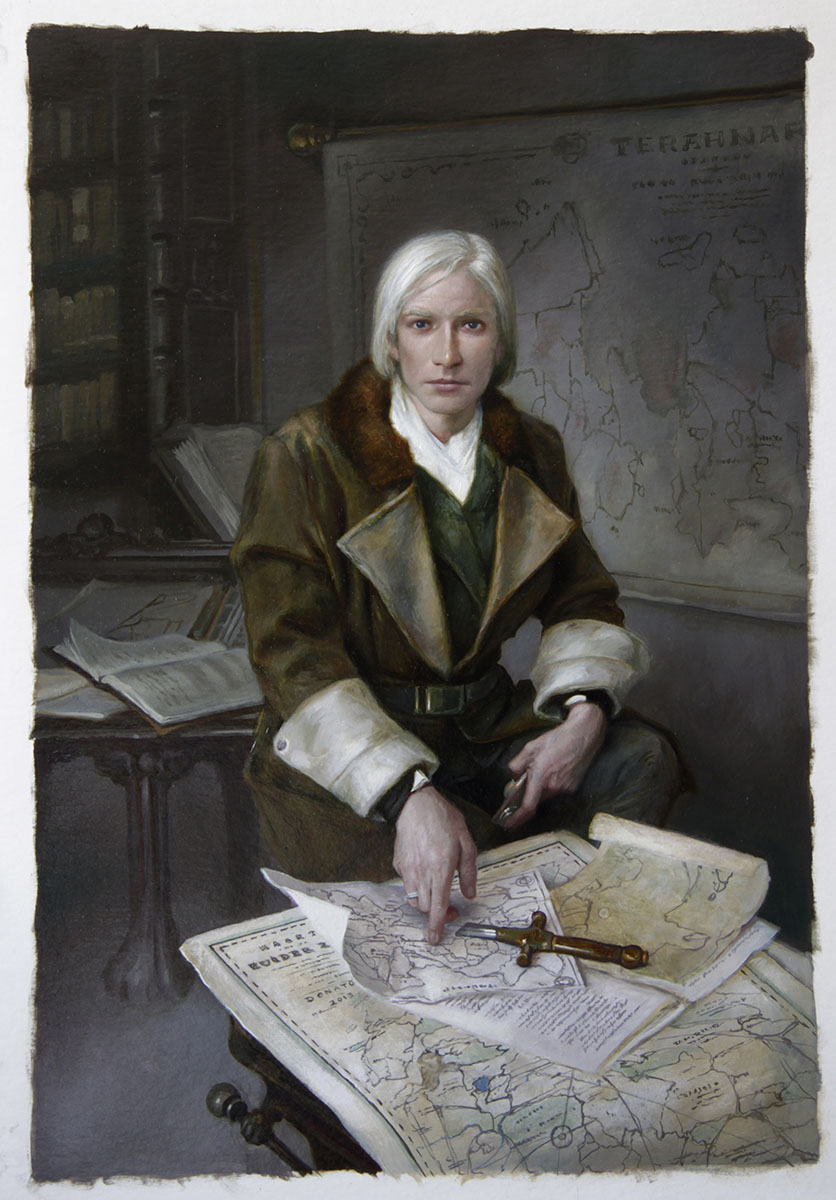 |
| Rex Regis 18″ x 26″ Oil on board |


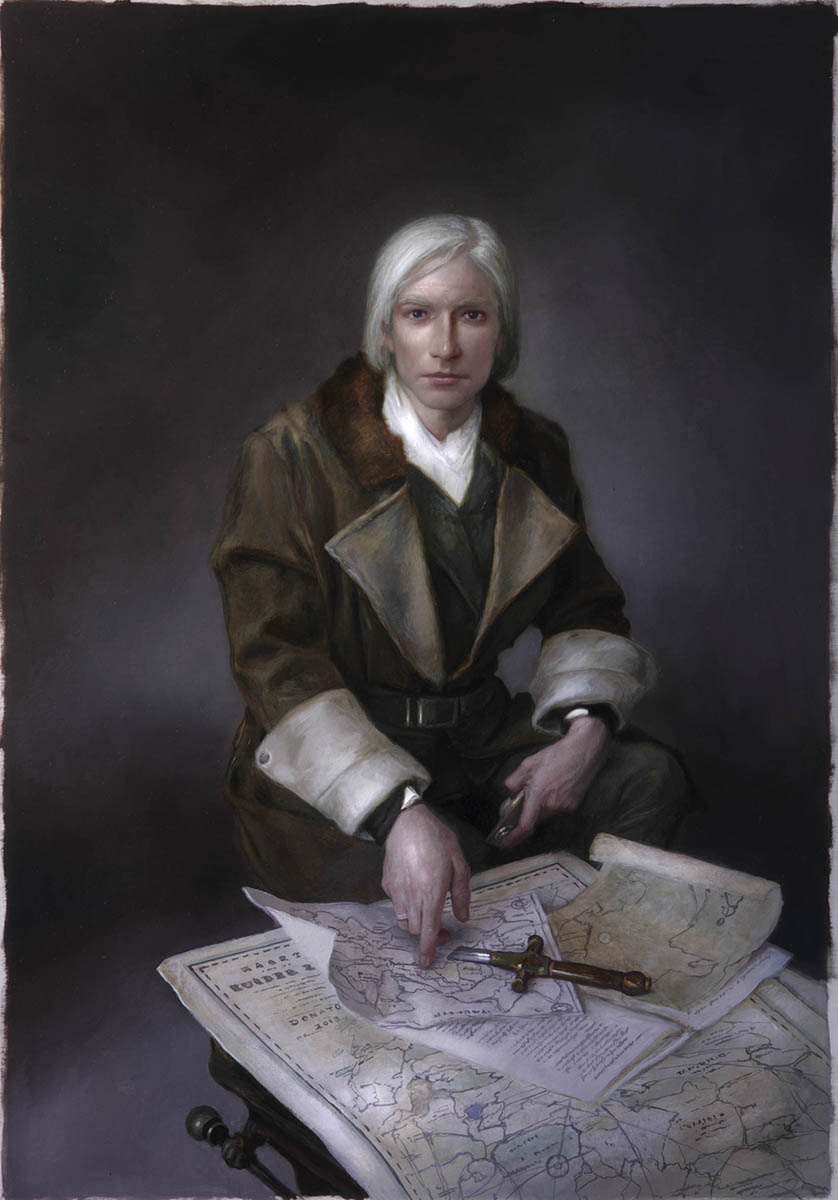
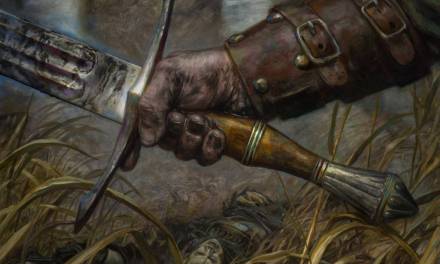
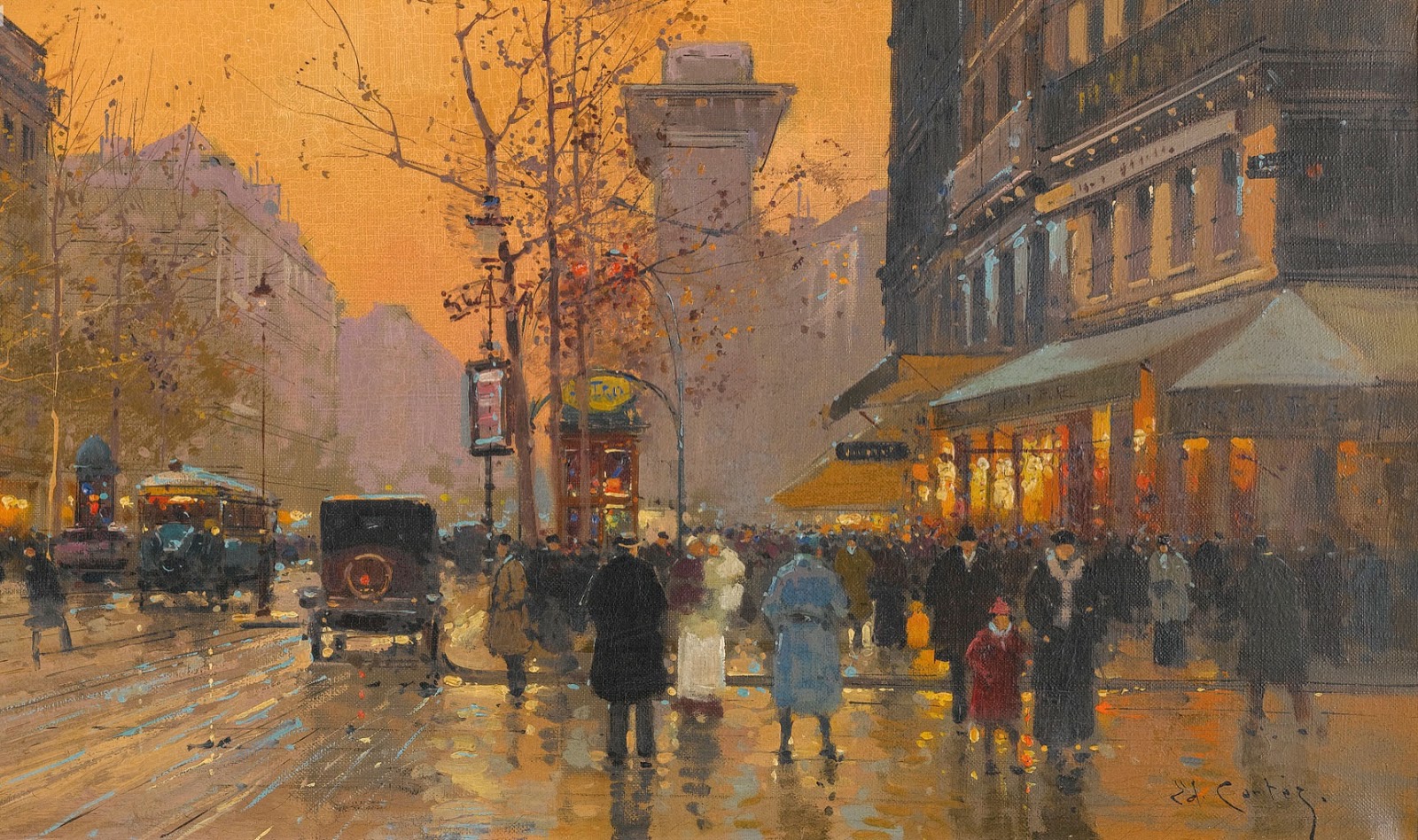
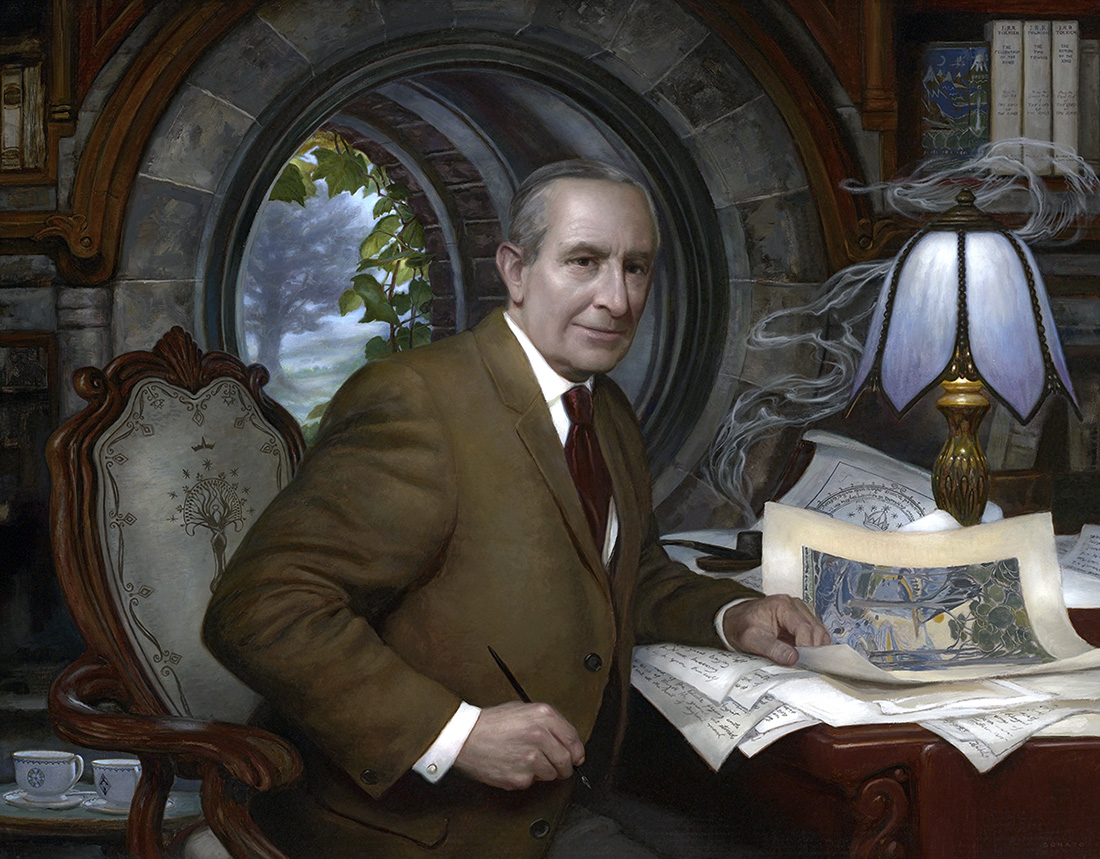
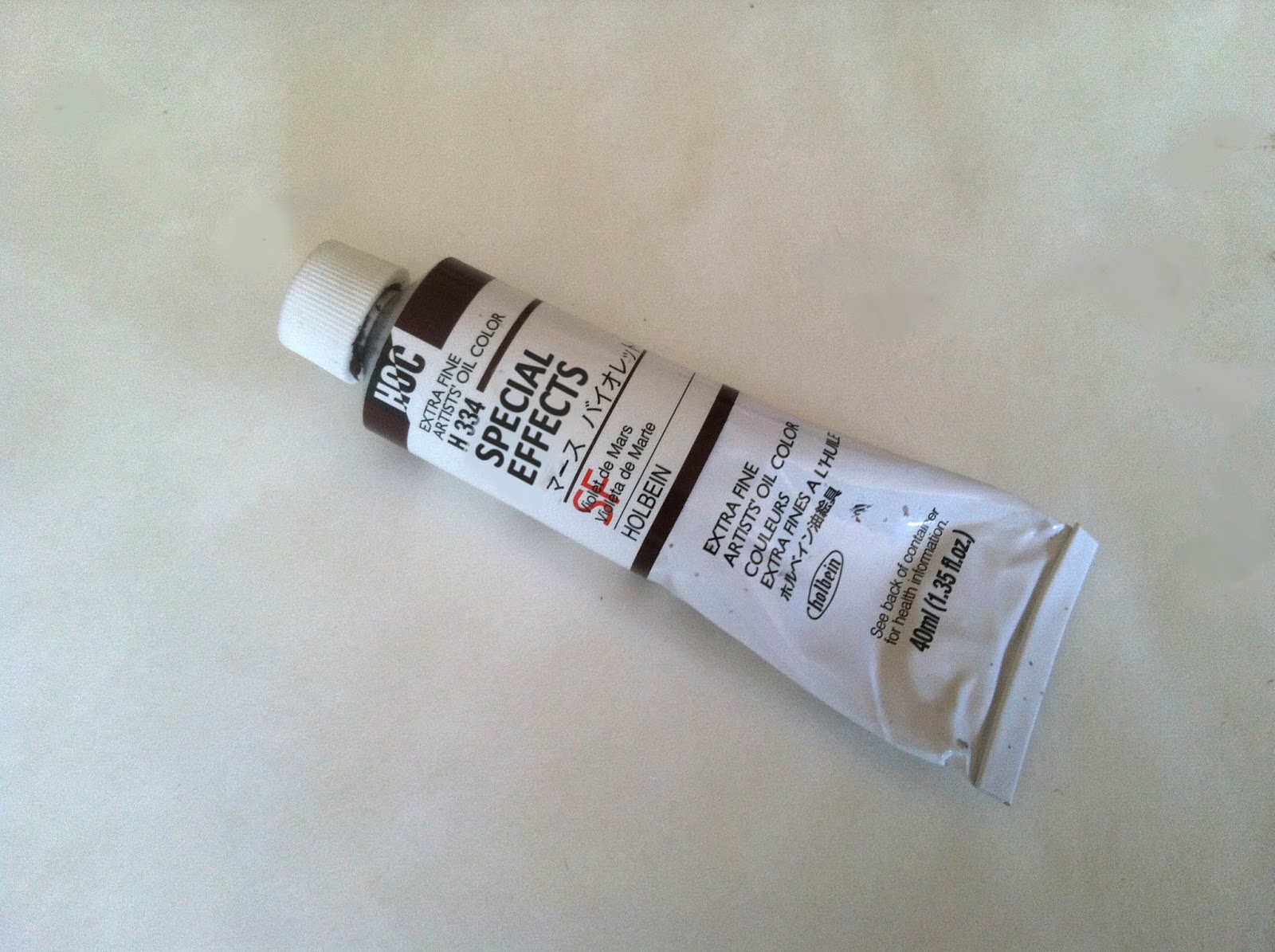

Thank you for sharing this experience!
I thought you were going to say they told you to take out the background, after all that hard work, which would have been truly crushing! Glad it wasn't that…
I love both, but I agree that adding in the library really amps up the storytelling of the illustration. Was it difficult to add in the background since this is a traditional painting? It seems like it might be hard around the more detailed areas that were already existing.
You're so right on Donato – I can point to many cases where my editors and art directors enhanced a piece and the best part – I get to take credit for it! 🙂
This is wonderful advice, and the cover is an exceptional example of it. Thanks, Donato!
Spot on. Art Directors generally have a higher level for the pieces we get to work on. The A.D.'s feedback almost always gives more depth, richness,and context to the work because of their P.O.V. When commissioned artists think that they have carte blanche for an assignment, the resulting work is more likely to come across as shallow and…they probably won't work much more.
While this is a nice story, the reality is that often times you will make many changes at the AD's request which wont enhance the overall quality of the piece. Always do your job to the best of your ability and to your clients specifications….But we do we need to continue putting Sci-Fi/Fantasy Art Directors on such high pedestals?
I will say, as an art director, an artist who is a real pro understands the objectives of the piece in the real world.
Well said, Donato.